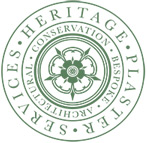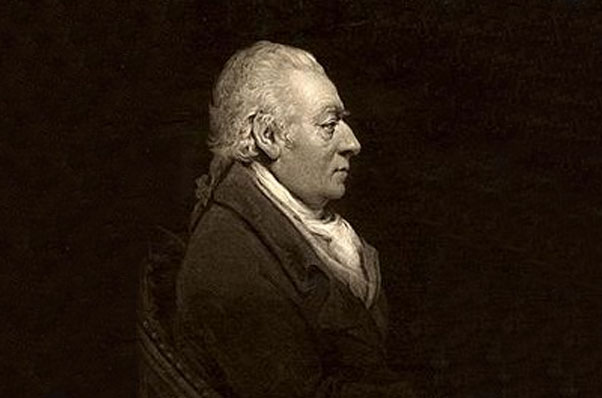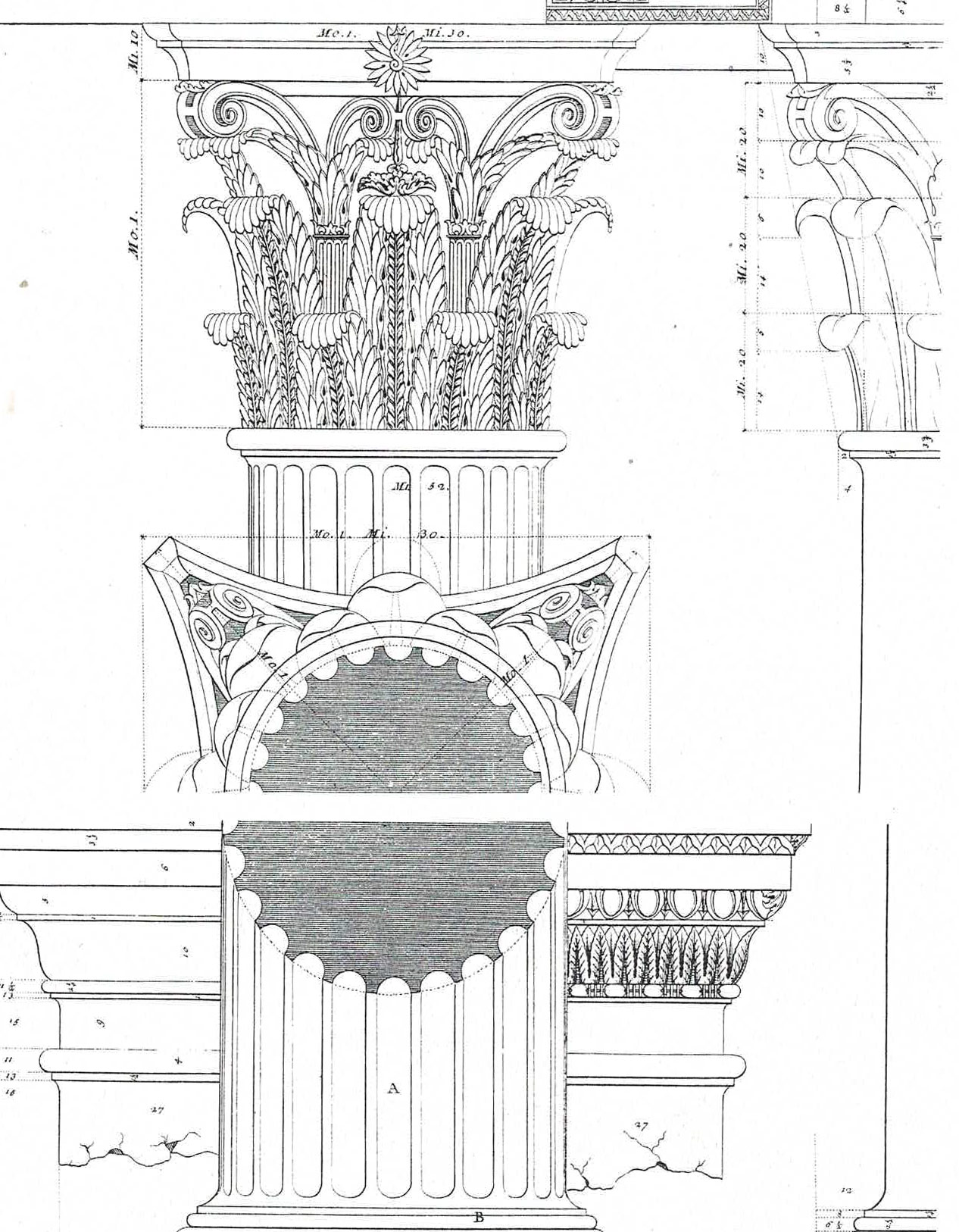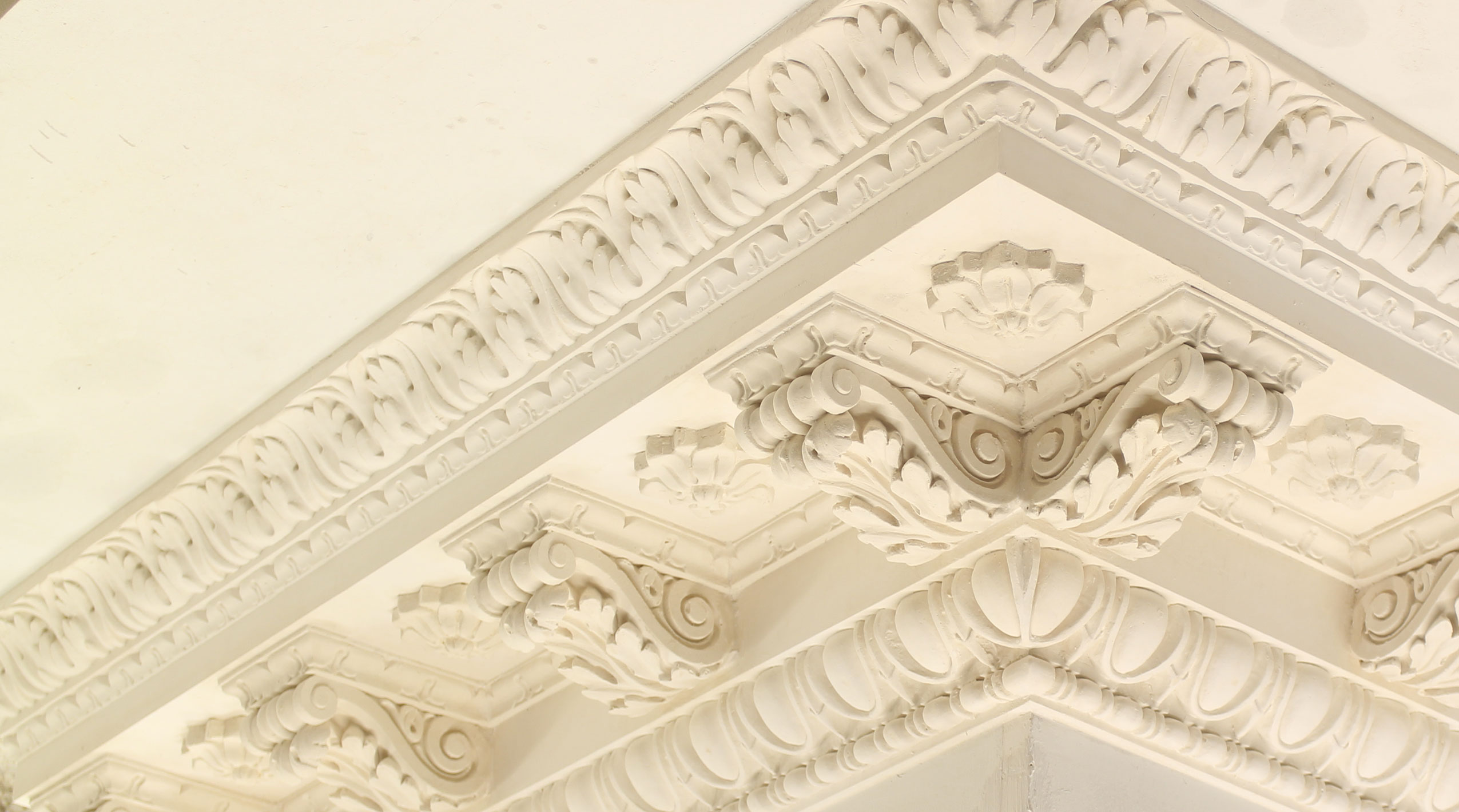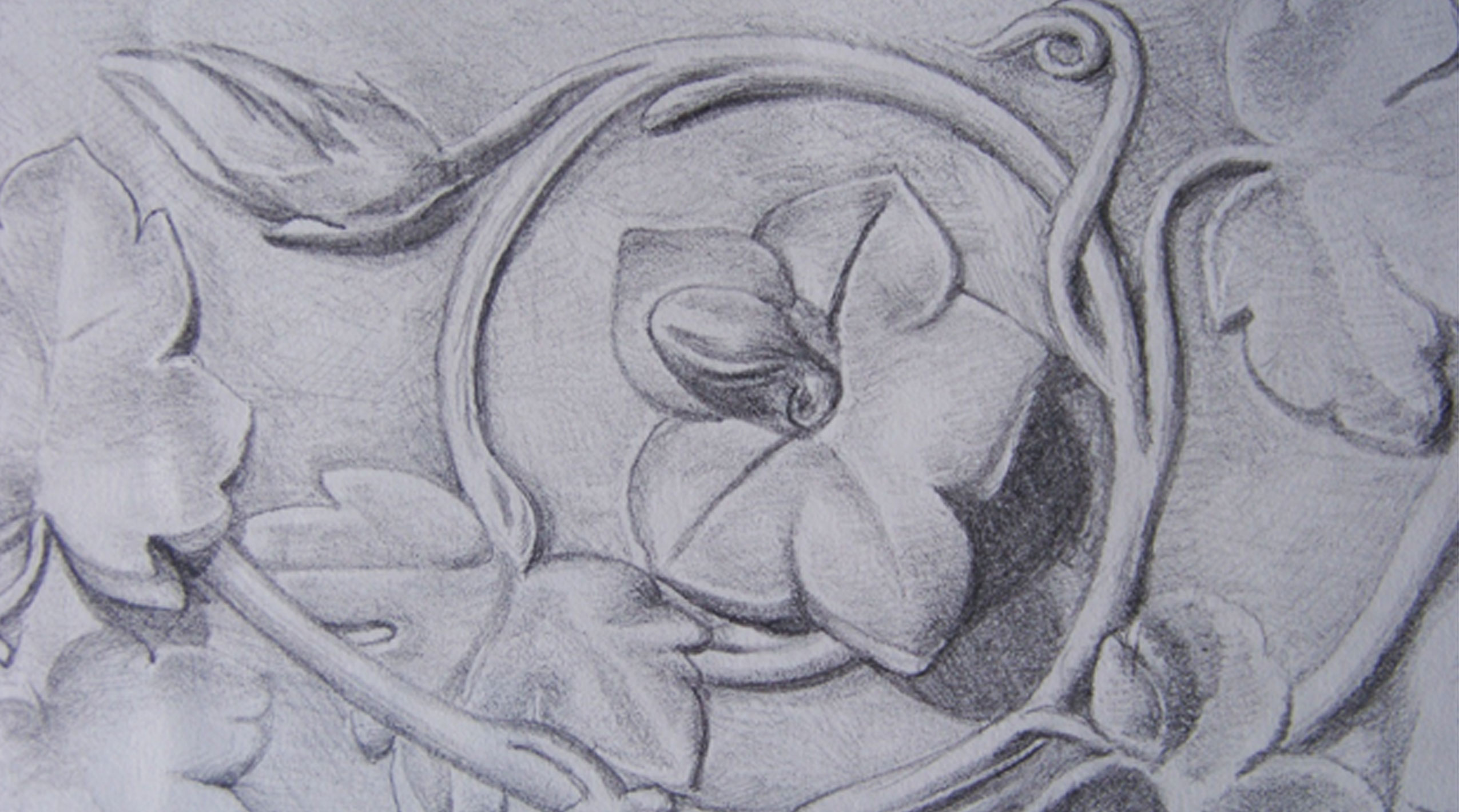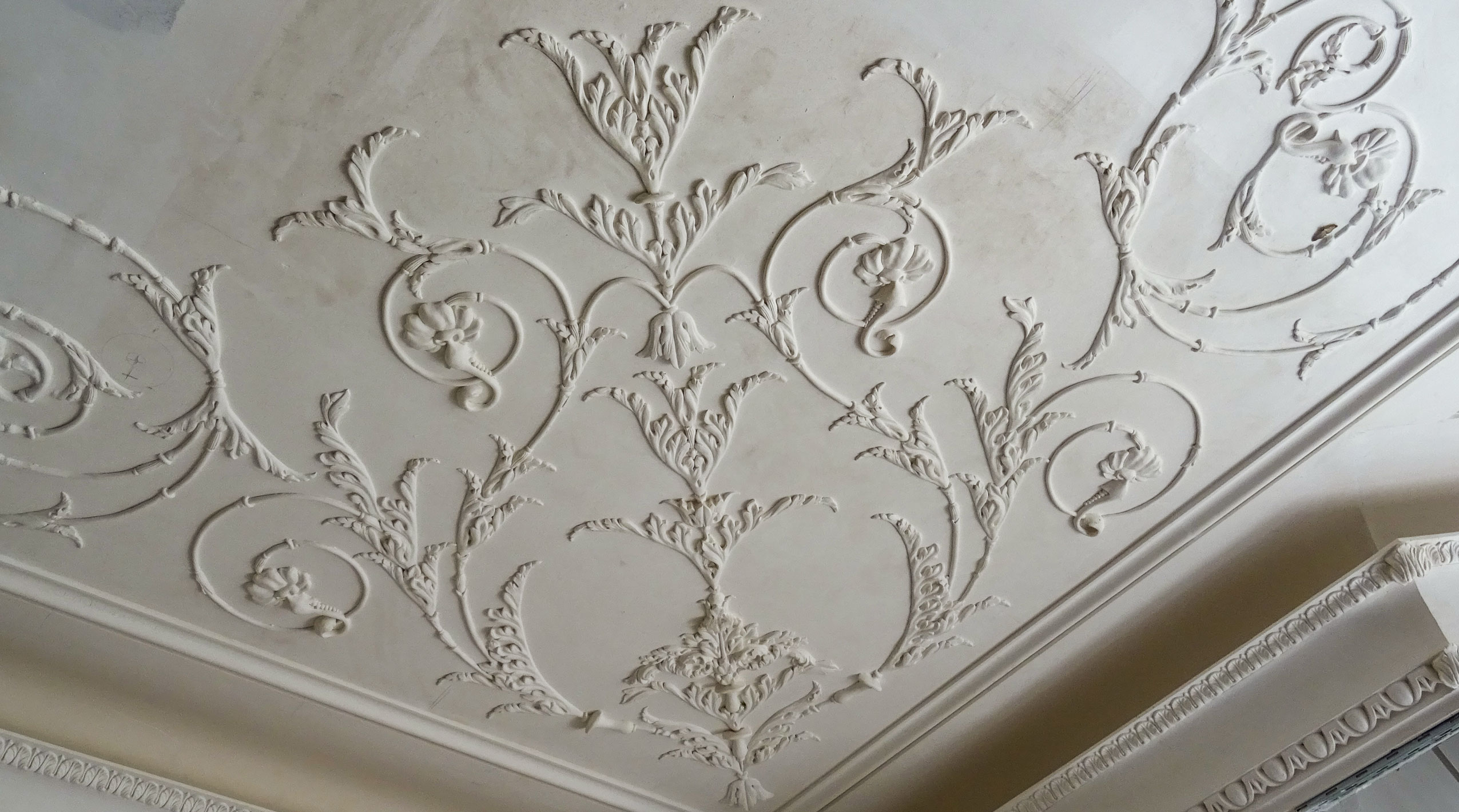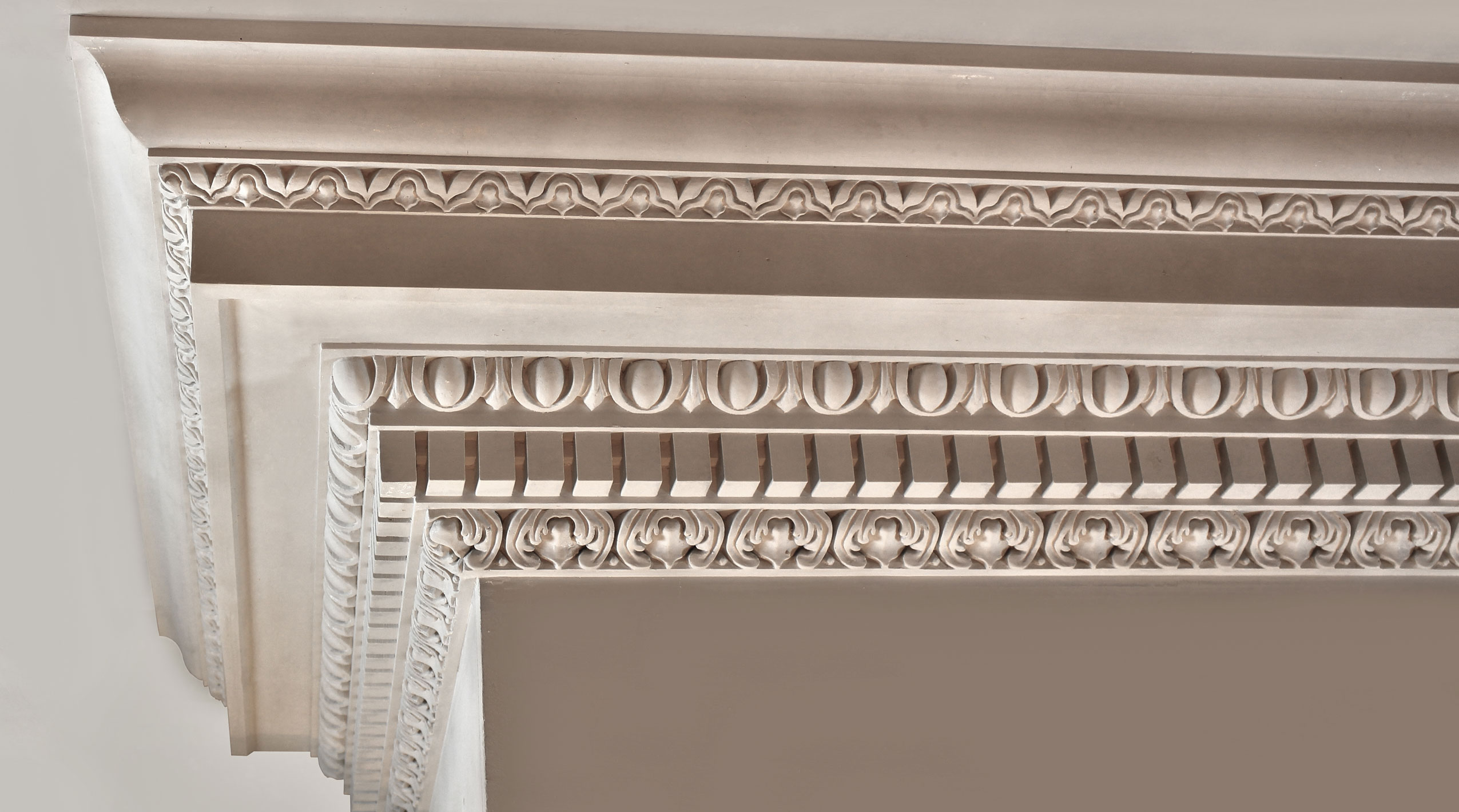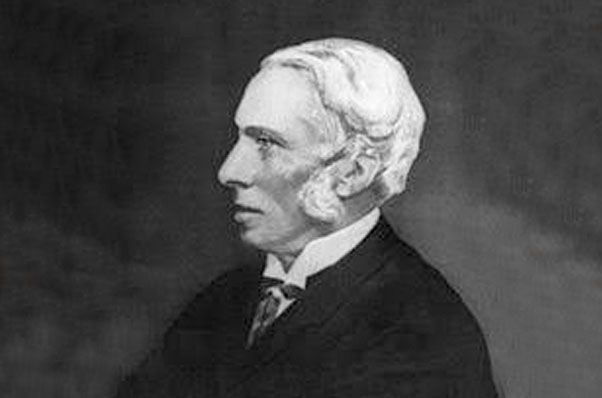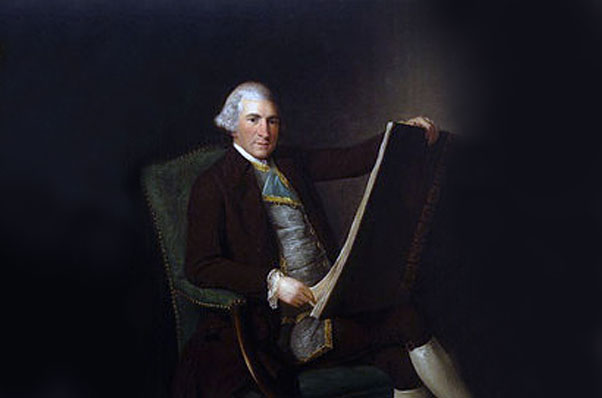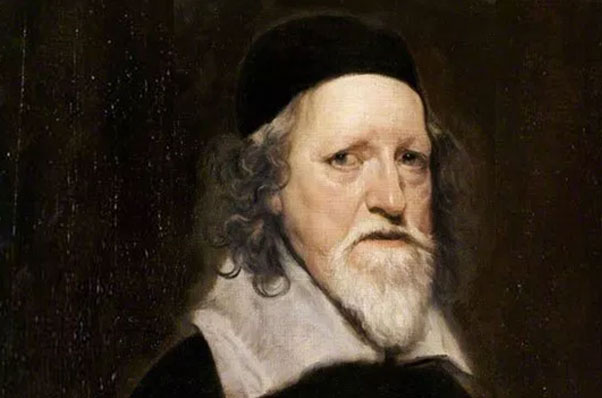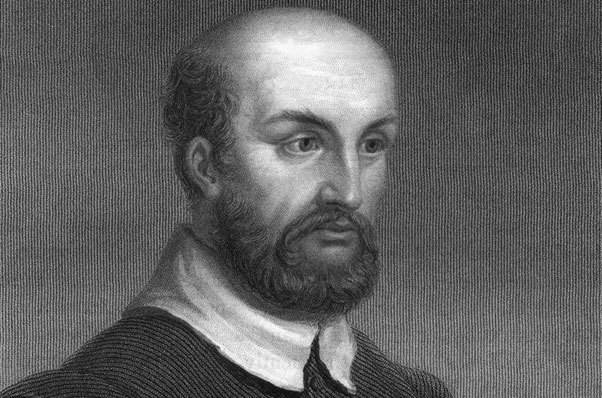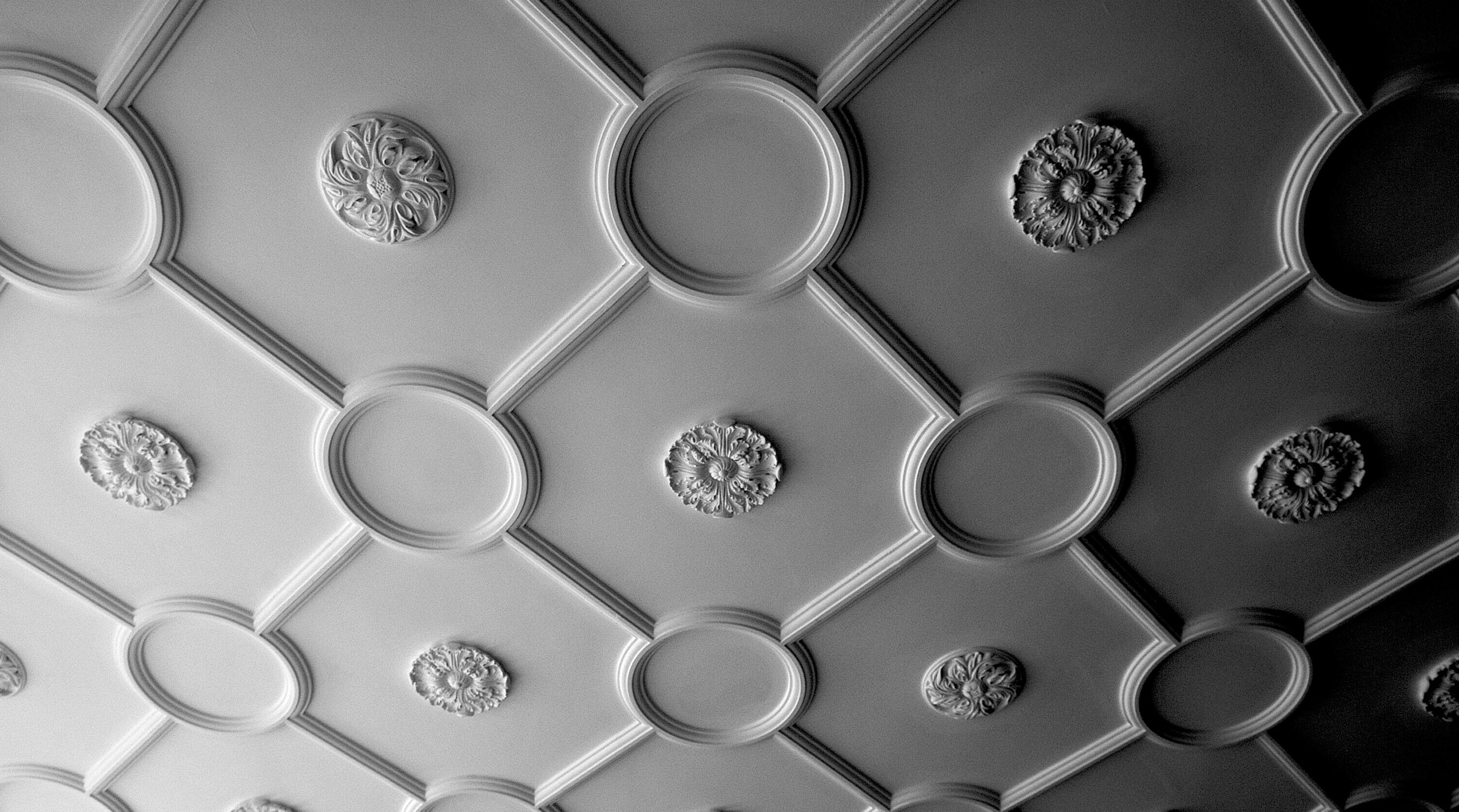James Wyatt 1746 – 1813
An English architect, remembered for his Romantic country houses, rivalled Robert Adam in his use of the neoclassical and neo-Gothic style, and as a master of intricate interior decorations.
- An English architect, remembered for his Romantic country houses, rivalled Robert Adam in his use of the neoclassical and neo-Gothic style, and as a master of intricate interior decorations.
- Appointed architect on the Countess of Home’s Home House, to later be dismissed and replaced by Robert Adam a year after.
- Studied in Rome and Venice under masters, measured by hand the dome of St Peter’s Basilica, “being under the necessity of lying on his back on a ladder slung horizontally, without cradle or side-rail, over a frightful void of 300 feet” to do so.[1]
- Came to fame as a Classical architect, capitalised on the rising fashion of Roman and neo-classical ornament that was prominent throughout the upper class in the late half of 18th century England. His works moved to a Gothic influence when the Napoleonic Wars instigated a sense of nationalistic feeling in England, especially as travel to Italy grew increasingly impossible.[2]
- Selected as the architect of the “proposed” pantheon/ ‘Winter Ranelagh’ (Oxford Street, London), bringing him instant notoriety and success. “The most beautiful edifice in England” – Horace Walpole[3]. The use of galleried aisles and apsidal ends was new in assembly rooms, bringing Wyatt celebrity and his designs were exhibited at the Royal Academy.
- Notable works: Fonthill Abey (Wiltshire), Heaton Hall (Manchester), Heveningham Hall (Suffolk), Castle Coole (Ireland), Packington Hall (Staffordshire), Dodington Park (Gloucestershire), commissioned to commit alterations to Windsor Castle.[4]
- Prolific amount of works – from 1769 and 1813 (his death) had altered/designed two royal palaces, 17 churches, 5 cathedrals, more than a hundred country houses and multiple public buildings
[1] Chambers, A, The General Biographical Dictionary, Vol 32, p. 341
[2] https://www.telegraph.co.uk/finance/property/3292588/Master-builder-James-Wyatt-1746-1813.html
[3] https://www.encyclopedia.com/people/literature-and-arts/architecture-biographies/james-wyatt
[4] https://www.britannica.com/biography/James-Wyatt

